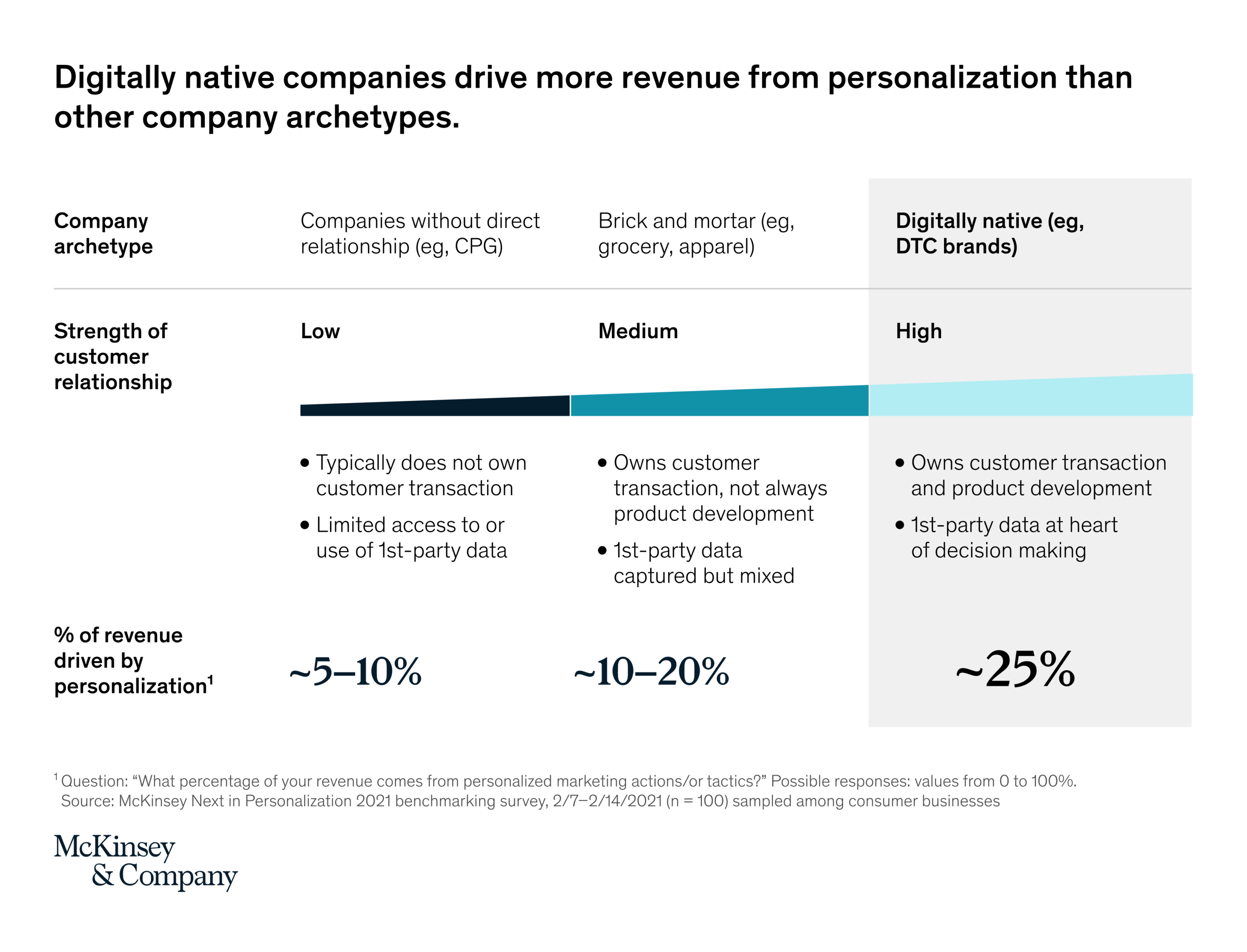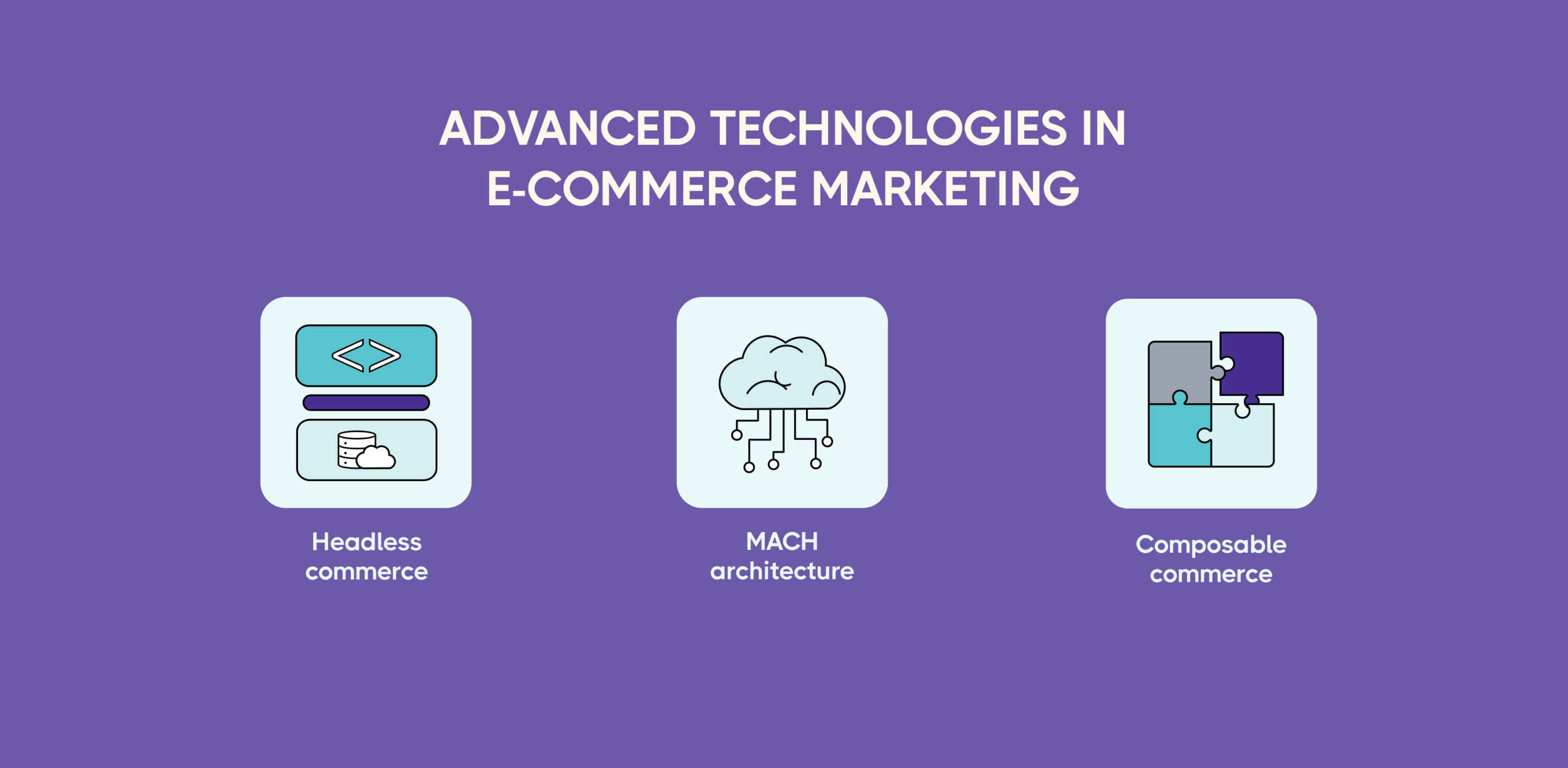
As the holiday season approaches, eCommerce businesses across Canada are gearing up for what is…
MIKAEEL DEWJI
8 mins read
13 mins read

Art Malkovich
May 17, 2024
People buy online more and more. It’s not a trend; it’s part of our lives. However, online shopping has transformed from clicking ads to having an experience with brands. Modern consumers want their chosen companies to meet their needs, take care of the environment, promote inclusivity, voice their opinions, and so on.
So, your role as an online merchant now is to become a trusted partner rather than a mere seller. How can you achieve that? You need to communicate with consumers on various channels. Meet them where they prefer to spend their time. Invest in email marketing, social media, and search engine optimization (SEO) and juggle all these channels effectively.
That’s where marketing integration comes into play. It allows you to create a cohesive narrative across various channels, enhancing customer experience at every touchpoint. What’s more, marketing integration is about uniting client information. It simplifies your team’s work, which gives instant access to the needed details, such as orders, customer preferences, and inventory.
By syncing your marketing efforts with backend processes, you free employees from the drudgery of manual work. The result? It’s easier to deliver exceptional experiences that foster brand loyalty and turn shoppers into brand advocates. In this article, we’ll take a closer look at marketing integration and how to boost sales with its help. Keep reading for actionable insights.
Have you ever wondered why some online stores stay in your memory while others are so easy to forget? The reason may lie in the way they organize the shopping experience.
Take one online store as an example. It posts an announcement on social media about upcoming discounts. Then, you get an email with those discounted goods tailored to your taste. You click a link and land on a user-friendly page with simple navigation and relevant offers. Moreover, it loads fast, as the online retailer conducted website performance optimization. Rapid loading times, smooth interactions, and efficient checkout processes play a crucial role in retaining customer interest and ensuring they don’t leave the site due to technical delays. It’s an excellent shopping experience.
Imagine a scenario where an email team doesn’t know what the social media team is up to, and vice versa. This lack of alignment would lead to lost sales, disgruntled customers, and undermined reputation. That’s what makes integrated marketing essential.
Integrated marketing ensures that all channels complement each other, creating a comprehensive picture. Your store becomes an orchestra where each instrument plays its part, but in harmony with others. In fact, statistics show that integrated marketing can increase purchase intent by an astounding 90% and enhance brand perception by a noteworthy 68%.
The main difference between integrated vs. traditional marketing is that the latter often operates in silos. It doesn’t aim to feature the same theme across the website, social media, email newsletters, and in-store displays. Integrated marketing, in contrast, is about creating a dialogue with customers that flows smoothly across all channels.
What channels and strategies can contribute to effective marketing integration? Let’s briefly overview the most important ones and how they drive sales growth, such as:
It revolves around ensuring consistent brand messaging across multiple platforms through texts, images, videos, etc. Thanks to this approach, customers can recognize the brand faster and trust it more. This strategy increases audience engagement and the likelihood of conversions and sales.
If you want to increase sales, make customers feel like you’ve selected the promoted goods based on their interests. In short, you need to leverage personalization.Leveraging tools like private messaging apps can enhance personalization efforts, allowing businesses to send tailored messages directly to customers, thereby increasing engagement and conversion rates. A direct correlation exists between enhanced sales and personalized experiences.
When shoppers receive content and offers tailored to their preferences and past behavior, they become more interested. This strategy attracts attention, boosts engagement, and leads to higher conversion rates.
Shorten the path to purchase by selling on social networks. These venues are about impulse buying, so promote the product and provide the ability to buy it right there. This convenience reduces the likelihood of cart abandonment, directly boosting sales.
People need the ability to contact the company. To ensure customer service is part of the overall brand experience, it should be consistent and effective. As a bonus, taking time to enhance the customer service experience results in higher satisfaction. Pleased clients will be more likely to return to you and recommend you to others. As such, this strategy drives sales through both retention and referral.
Automation and AI make it easier to handle all the channels. You don’t have to check when a shopper abandons the cart manually. The automation tool will wait and trigger a notification. If powered by AI, it’ll also take into account the user’s browsing history, demographics, and other details to offer relevant goods. The right recipient thus receives relevant information at the best time, without you having to lift a finger.From AI-powered chatbots and Google's SGE to managed cloud hosting and augmented reality shopping experiences, staying up-to-date with the latest technologies that impact the market and consumer preferences gives your business a competitive edge.
A cohesive customer journey should flow from one stage to the next to keep the reader interested. It’s like creating a compelling story, with each chapter contributing to a general topic. A customer journey starts with initial contact through purchase and beyond. Here is what you can do to align marketing across multiple channels:

Screenshot taken on the official McKinsey & Company website
In 2024, you have an unprecedented number of marketing channels available. Each one has a unique purpose, contributing to the success of the project, for example:
To optimize each channel, you need to understand your audience, measure the results, and adapt based on what the data tells you.
Pro tip: Synergize, don’t silo. Each channel should work well with the others. Utilize email marketing to follow up on a social media campaign, for instance, or employ your social media accounts to direct readers to the most recent blog article.
Omnichannel and multichannel marketing are often confused. Both involve leveraging several channels, but the difference is simple:
An omnichannel approach covers all aspects of functioning:
Let’s take logistics as an example. There are lots of channels, but they all should contain up-to-date information about inventory, delivery times, and tracking. If a person wants to return the product, they should be able to do it on any platform without having to repeat their request when switching between them.
eShipper integrates with major eCommerce platforms, like Shopify, Magento, WooCommerce, and others. Connecting it with your online store allows you to manage your inventory across multiple channels and process orders in one place.
Integrating various channels is more accessible with several technologies. They include artificial intelligence (AI), machine learning (ML), data analytics, and emerging concepts like headless commerce, MACH architecture, and composable commerce.
For instance, AI and machine learning are crucial for personalization. Whether you introduce product recommendations on the website or want to enhance your customer service, these technologies can analyze vast amounts of data. This analysis, in turn, serves as the basis for behavior prediction. Businesses use it to make more informed decisions and tailor their marketing campaigns according to how their consumers would most likely react.
AI-powered chatbots and virtual assistants help users in real time. They also personalize the experience, considering each customer’s previous history. These solutions free up human resources, allowing employees to focus on more complex tasks.
As for future trends in eCommerce, let’s overview three main ideas:

1. Headless Commerce
This approach is about separating the frontend of an eCommerce platform from the backend. The goal is to make development more flexible. For example, the works on the frontend don’t affect those on the backend, and vice versa.
So, if you want to update the user interface and change the button location or color, developers may not need to go to the backend to implement these modifications. This flexibility is crucial for businesses that want to provide unique customer experiences on various devices and platforms.
2. MACH Architecture (Microservices, API-first, Cloud-native, and Headless)
Apart from the above-mentioned headless architecture, MACH is also based on microservices, API-first, and cloud-native principles. It means the following:
MACH architecture enables developers to choose and combine different technologies based on their specific needs. It’s like playing with Lego, removing and adding parts wherever needed.
3. Composable Commerce
This is an extension of the MACH concept, which relies on dividing eCommerce capabilities into modules. These components are easily replaceable and interchangeable. This arrangement gives you more freedom to add and remove unneeded functionality like payment gateway, checkout, or search. As a result, you can respond faster to market changes and customer needs without overhauling the entire system.
These technologies play a big role in the eCommerce industry. They allow for greater flexibility, higher customer satisfaction, and increased efficiency.
Ecommerce automation is like having a top-notch assistant who never sleeps. Technologies act like these assistants, performing time- and resource-consuming tasks. You can get some time to focus on growing the business rather than sending emails or posting on social media simultaneously. Here is what you can automate:
How can automation tools streamline marketing and sales processes? The three main applications include:
A mobile device is a critical touchpoint during the shopping process. Consumers make purchases on smartphones more and more. So, the mobile commerce (m-commerce) wave shows no sign of slowing down. M-commerce is no longer a subsidiary channel; it’s a primary one. This shift signifies a change in consumer behavior—convenience and accessibility are now king.
Smartphones also provide more opportunities to engage with users. Take push notifications or SMS messages as illustrations. Mobile devices establish a direct line to your customers. All you need to do is to optimize your store for such users:
Screenshot taken on the official NYX website
As you can see, marketing integration provides numerous benefits for online retailers. From enhancing customer satisfaction with personalized experiences to triggering relevant messages at the right time, you can achieve your goals:
With eShipper, building a seamless purchase journey becomes even more straightforward. It provides numerous logistics solutions for merchants, such as courier, freight, air shipping, air zone skipping, and next-day delivery.
All these services aim to delight your customers with rapid delivery. eShipper also takes the logistical load off your shoulders, allowing you to focus on core business activities like product development, marketing, and customer engagement.
Ready to explore shipping and fulfillment solutions? Contact eShipper today and create a free account to get shipping quotes and start delivering goods more efficiently.